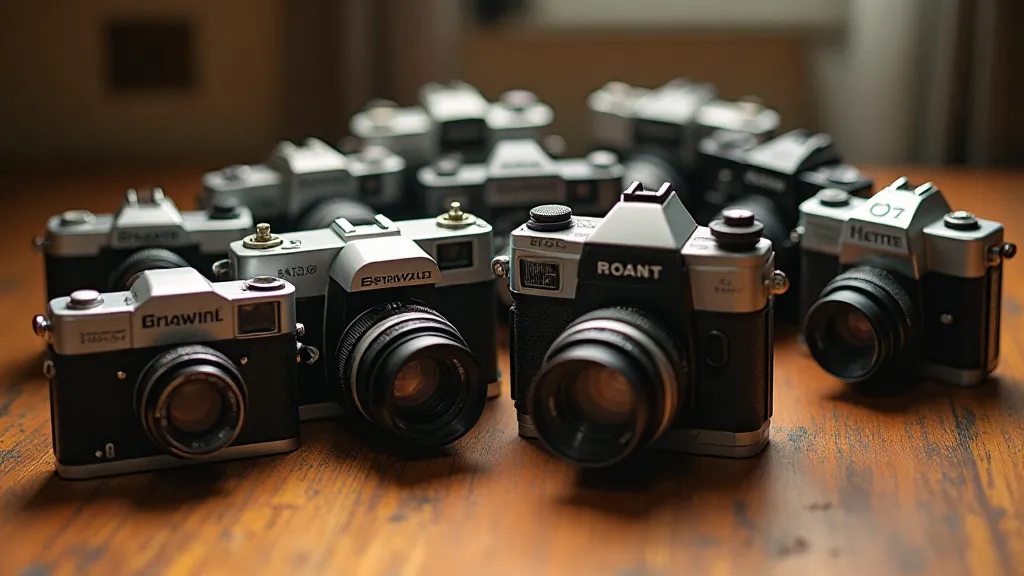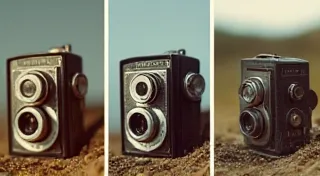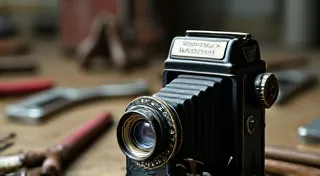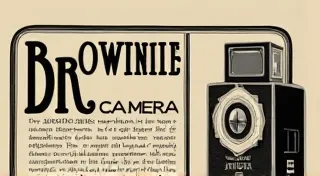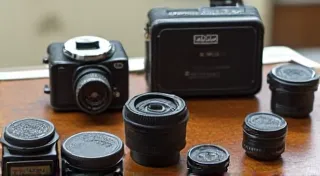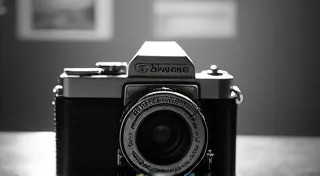The Cartographer's Imperfection: Brownie Cameras and the Narrative of Loss
There’s a peculiar melancholy that clings to old photographs. Not the sadness of a specific tragedy, though those certainly exist within their fragile surfaces, but a quieter, more pervasive sense of absence. A recognition that the moment captured is irrevocably past, the people depicted altered by the relentless tide of time, the landscapes themselves often transformed beyond recognition. This feeling intensifies when looking at images taken with Brownie cameras. These unassuming, boxy cameras, ubiquitous throughout the 20th century, didn’t strive for artistic grandeur. They documented life, simply and directly, and it’s within that simplicity that a profound narrative of loss subtly unfolds.
Think of a cartographer, meticulously charting a coastline. The map is a representation, a guide, a tool. Yet, it is inherently imperfect. It omits, simplifies, and inherently betrays the true scale and feeling of the land it depicts. The salt spray, the smell of the sea, the cry of the gulls – these are sensations a map can only hint at. Similarly, the Brownie camera, with its fixed focus, limited aperture, and predictable exposure, captures a snapshot, a moment frozen in time. And in doing so, it inherently reveals what is lost – the ephemeral nature of existence itself.
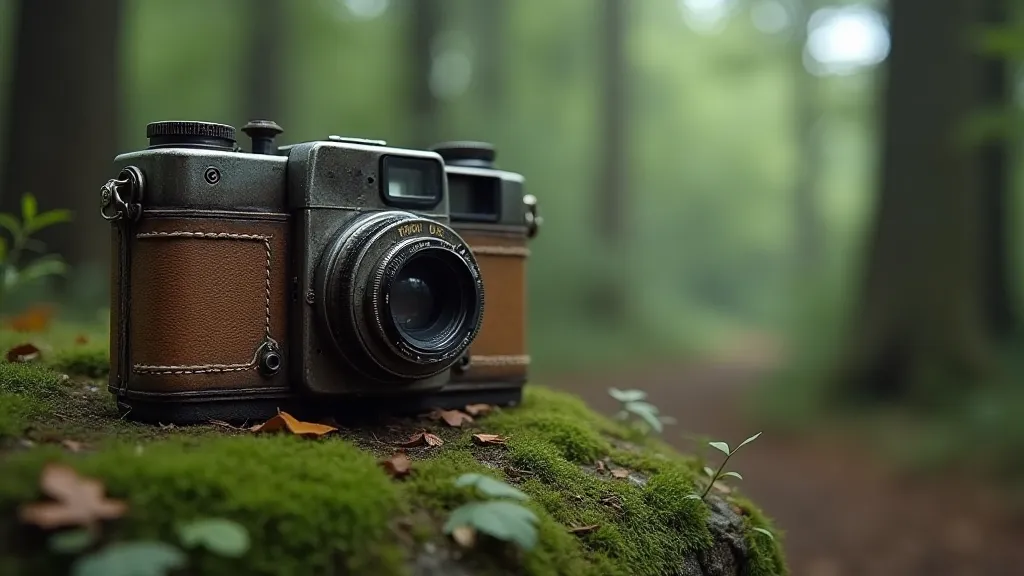
A Democratization of Memory
The Brownie camera, first introduced by Kodak in 1900, was revolutionary not for its technical sophistication (or lack thereof), but for its accessibility. Priced at a mere one dollar – the equivalent of roughly $30 today – it brought photography into the hands of the masses. Prior to the Brownie, photography was largely the domain of professionals or affluent amateurs. Suddenly, anyone could document their lives, their families, their vacations. This democratization of memory had a profound impact on society, creating a visual record of the 20th century that would have been unimaginable before. It’s fascinating to consider how even more complex camera systems later emerged, building on this initial accessibility and paving the way for the photographic landscape we know today. For those interested in exploring some of the variations that followed, a deeper dive into models like the Brownie Six can be quite illuminating. The shift toward more advanced photographic techniques also spurred a unique aesthetic, a subtle but distinct feel that separates earlier models from later innovations.
My own fascination with Brownies began with a box of my grandfather’s old photographs. They weren’t particularly striking images – snapshots of family gatherings, seaside holidays, and the quiet routines of everyday life. Yet, looking at them, I felt a deep connection to the past, a poignant awareness of all that had changed. My grandfather, a quiet man who rarely spoke about his childhood, came alive in those faded prints. I saw him as a boy, a young man, a father, a grandfather – roles he inhabited and then left behind. And I realized that these seemingly unremarkable photographs were the closest I would ever get to truly knowing him. It’s remarkable how these cameras, despite their limitations, could capture such personal and profound memories. The process of reviewing these images prompted a deeper consideration of how photographic techniques have evolved, leading me to appreciate the distinct charm and character associated with the original Brownie camera.
The Beauty of Imperfection: Craftsmanship and Limitations
The Brownie’s limitations are precisely what make it so compelling. The fixed focus often resulted in slightly blurry images, the simple shutter speed captured motion in unpredictable ways, and the limited exposure range struggled with dramatic lighting. These weren’t flaws in the traditional sense; they were characteristics, adding a unique texture and character to the photographs. They are testament to an era where imperfection was embraced, where the focus was on capturing the moment, not achieving technical perfection. The constraints of these cameras often necessitated a more deliberate and creative approach to photography, fostering a unique aesthetic that is highly prized today. The aesthetic resulting from these limitations, often described as a melancholic charm, contributes significantly to the narrative of loss inherent in these images. Further exploration of this specific aesthetic reveals the depth and complexity of early photographic artistry – a deeper dive into Chromatic Ghosts: Unraveling the Brownie's Subtleties of Tone can provide significant insights.
The craftsmanship, too, is noteworthy. While mass-produced, the Brownies were built to last. The sturdy cardboard and metal construction, the simple but effective bellows, the satisfying click of the shutter – all speak to a time when quality and durability were valued above all else. Examining a Brownie today, running your fingers over its worn exterior, you can almost feel the hands that assembled it, the countless moments it witnessed, the stories it silently preserved. The technical ingenuity employed within these compact devices, even with their perceived limitations, is a testament to the era's manufacturing prowess. Consider, for example, the ingenuity behind the Brownie Reflex and its unique box camera design, a fascinating development within the same lineage. It’s easy to overlook the ingenious engineering that went into creating these accessible and robust cameras, a testament to the ingenuity of the era.
Restoring a Brownie isn't about bringing it back to factory condition. It’s about preserving its character, its patina, its history. A little cleaning, a bit of lubrication, a careful replacement of a worn bellows – these are the tasks of the Brownie enthusiast. The goal isn't perfection, but preservation – ensuring that these little boxes of memory continue to tell their stories for generations to come. Understanding these cameras goes beyond just appreciating their aesthetics; it's about appreciating the history and the people behind them. For those who want to learn more about how to practically engage with and revitalize these historical treasures, exploring resources and guides on photographing with vintage Brownie cameras can be incredibly useful. Beyond just technical restoration, understanding the historical context behind these cameras contributes to a deeper appreciation of their cultural significance.
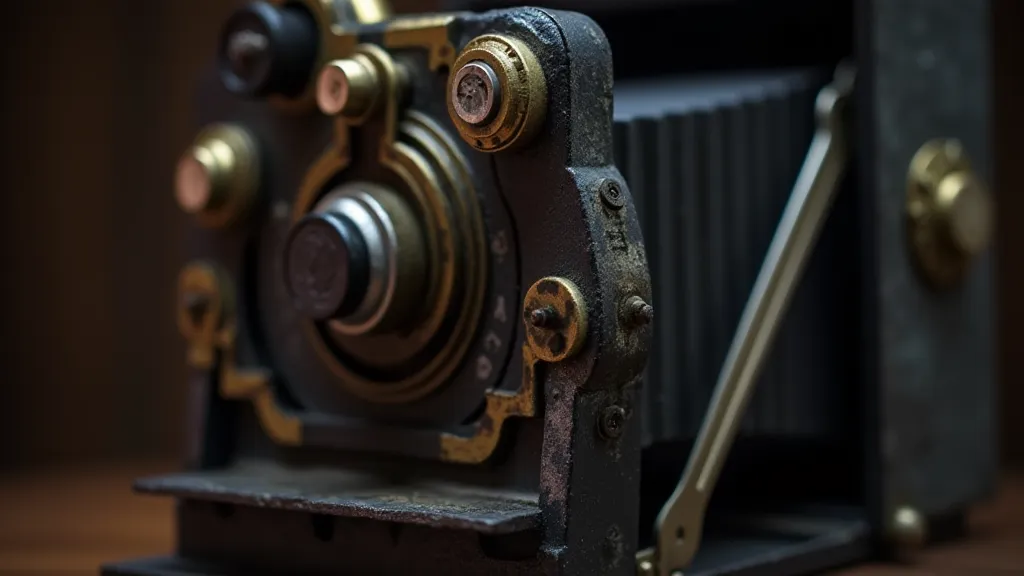
Narrative Exercises: Echoes of the Past
The melancholy inherent in Brownie photographs can be a powerful source of inspiration for narrative writing. Consider these exercises:
- The Found Photograph: Imagine you find a single Brownie photograph at a flea market or in an antique shop. Who are the people in the picture? Where were they? What were their lives like? What happened to them?
- The Landscape's Lament: Choose a location that existed in a Brownie photograph from the mid-20th century. Research how that location has changed over time. Write a piece from the perspective of the landscape itself, lamenting the loss of its former glory.
- The Absent Family: Write a story about a family who used a Brownie camera to document their lives. Focus on the unspoken tensions and hidden secrets that emerge through the photographs. What isn't being said? What is being hidden?
The key is to embrace the ambiguity, the imperfection, the sense of loss that permeates these images. Don't try to explain everything; let the mystery linger. Allow the reader to fill in the gaps, to create their own interpretations. The inherent limitations of the camera, and the way those limitations shaped the photographic process, offer a fertile ground for creative exploration. Examining the techniques and artistic choices employed by photographers of that era can unlock a deeper appreciation for the narrative potential of these seemingly simple images.
More Than Just a Camera
The Brownie camera is more than just a tool for capturing images; it’s a time capsule, a portal to the past, a reminder of the fleeting nature of existence. It’s a testament to a simpler time, when life was lived more deliberately, when memories were cherished, and when a single snapshot could hold a world of meaning. The aesthetic resulting from these cameras, though seemingly straightforward, is rich in detail and character. They embody a connection to a bygone era, a moment frozen in time. The legacy of the Brownie extends beyond the technical innovations it inspired; it represents a shift in societal values, a democratization of personal history, and a new way of understanding our place in the world.
The narrative of loss isn't inherently depressing; it's a recognition of the beauty that exists within impermanence. It's an appreciation for the moments that slip through our fingers, for the people who have shaped our lives, for the landscapes that have inspired us. And it's a reminder that even the most unassuming object – a little box of cardboard and metal – can hold a universe of stories, waiting to be rediscovered. These cameras are echoes of lives lived, testaments to moments that might otherwise be lost to the relentless march of time. The process of engaging with these artifacts encourages reflection on the ephemeral nature of our own experiences and the importance of preserving memories for future generations.
